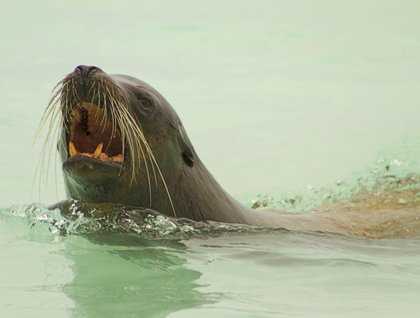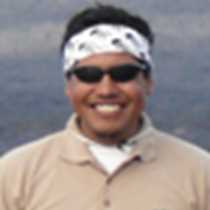Located in the southern part of the Galapagos, Española Island is considered one of the oldest in the archipelago. It has no active volcanoes but it has exuberant fauna.
In the morning, the weather conditions were excellent for snorkeling and kayaking. With a brilliant sun and a warm ocean, our guests had the opportunity to discover incredible marine life. Snorkelers observed many different species of colorful fish, and playful sea lions. At the rocky waterline, colorful invertebrates such as sponges, barnacles and Sally Lightfoot crabs were a delightful sighting.
Afterward, we headed to the white beach of Garner Bay. It was interesting to observe the “tameness” of the sea lions as they interacted with guests who took pictures of them. The presence of Hood mockingbirds was also one of the most gratifying attractions of the beach.
Around noon, we pulled anchor and navigated to Punta Suarez at the western side of the island. We landed on lava rocks in order to head inland to see a different face of the island. It was not very sunny, but this wasn’t an impediment to our goal of reaching the nesting grounds of Nazca and blue-footed boobies.
Once we reached the farthest point of the trail, the majestic presence of nesting waved albatrosses made for a perfect photo opportunity. At this visitors’ site, we were also lucky enough to spot some Galapagos hawks, swallow-tailed gulls, small ground finches and Galapagos doves.
As the sun disappeared on the horizon, it was time for us to return to the National Geographic Endeavour to prepare for tomorrow’s journey of exploration.







